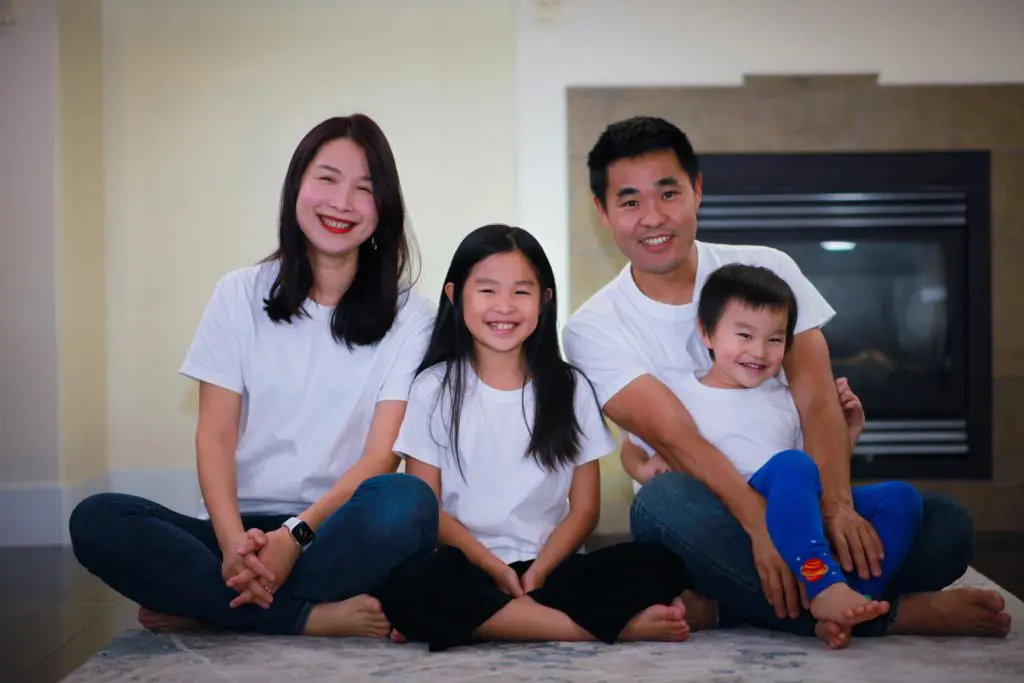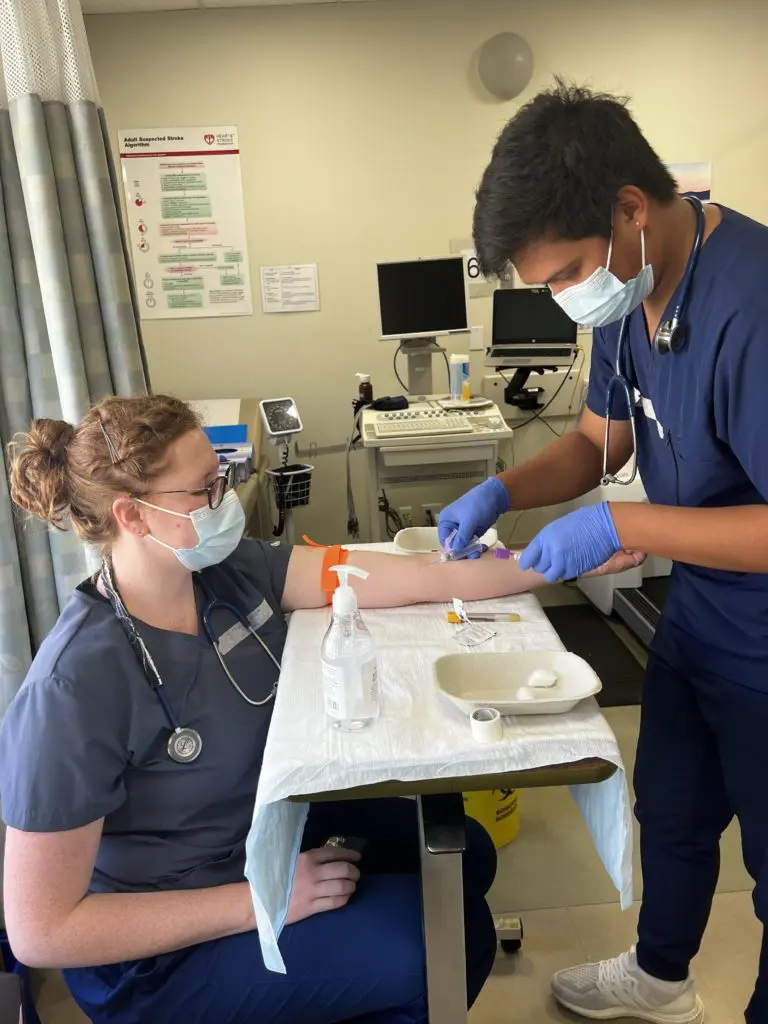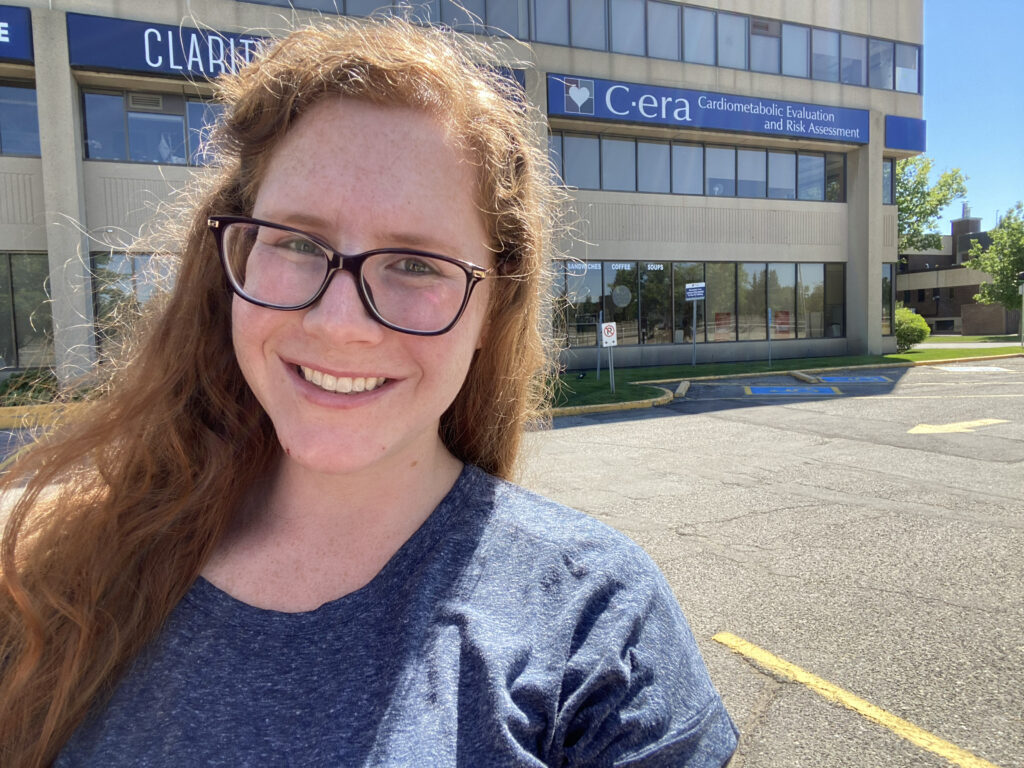It’s been a whole month since I’ve written my last blog entry and I’ve now passed the half way mark of my practicum. As I’m writing this, there are only four weeks left of my twelve weeks as a student at KGH. I can’t say too much but it’s looking very promising with job prospects and I couldn’t be happier. Everything is coming into place and things are working out even better then I had hoped. I finished my last entry with updates from week four so I will continue on with what’s happened since then.
During week five of my practicum I continued running Stress Tests in the RACE Clinic. I focused more on Persantine Stress Tests, which are done with the assistance of a Nuclear Medicine Technologist. There are a lot more steps to remember compared to a Stress Echo, but I’ve definitely gained more confidence with good hands-on practice. I’ve noticed that the staff in the Kelowna hospital are very team-orientated and more then willing to teach new students even if they are from different departments. I was fortunate enough to spend an entire day learning in the Nuclear Medicine Department. I followed my Persantine patients throughout the day to see the areas that they visit and how the imaging takes place. It helped me to gain a better understanding of what happens after they leave the treadmill area and now I’m able to accurately describe the entire procedure during the prepping stage.
During week six and seven I started working in the holter monitor clinic. I spent the first three days hooking up the monitors and instructing patients on at-home care. For the remainder of the two weeks I worked the evening shift from 3-11pm scanning. Scanning was something that I thoroughly enjoyed in school and fortunately this was still the case at the hospital. If anything I enjoy it even more because the computer software used in Interior Health far exceeds the software we used in school. It’s more user-friendly, secure and reliable making scanning a breeze. In between scans, I would help out with ECGs in the Emergency Department and other wards as there are only two Cardio Tech’s working late at KGH. It was during this time that I encountered my first Code Blue (cardiac arrest). I remember the night as clear as day, the code was announced and I jumped at the chance to be apart of it. The Cardio Tech I was with grabbed our ECG machine and we rushed up to CSICU where they care for patients post-open heart surgery. The nurses were performing CPR as we arrived and we waited for our cue to enter. To my amazement, the patient’s heart started beating again and we did the ECG while frantic nurses worked around us. I had experienced critical situations in my health care work before school, but never on the revival side so this was a new experience for me. We responded to a second Code Blue the night after and it felt good to already know what my job was and how to respond.
Now that I’ve moved on from the routine ECGs, I’ve been encountering more unpredictable and life-threatening situations. Several of my patients have had poor Stress Test results and I’ve had to call in the Cardiologist for medication or assistance with deteriorating patients. I feel that my patient reactive skills are improving and I’ve become more aware of what could go wrong. Now that I’ve spent time working in all the different areas of the department, I feel more at home and part of the team. It’s been both an educational and exciting learning experience so far and I’m still really enjoying my time at KGH.
Check out a video of our cardio tech students in action.
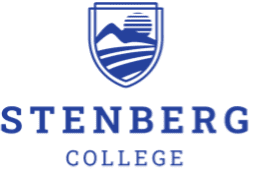


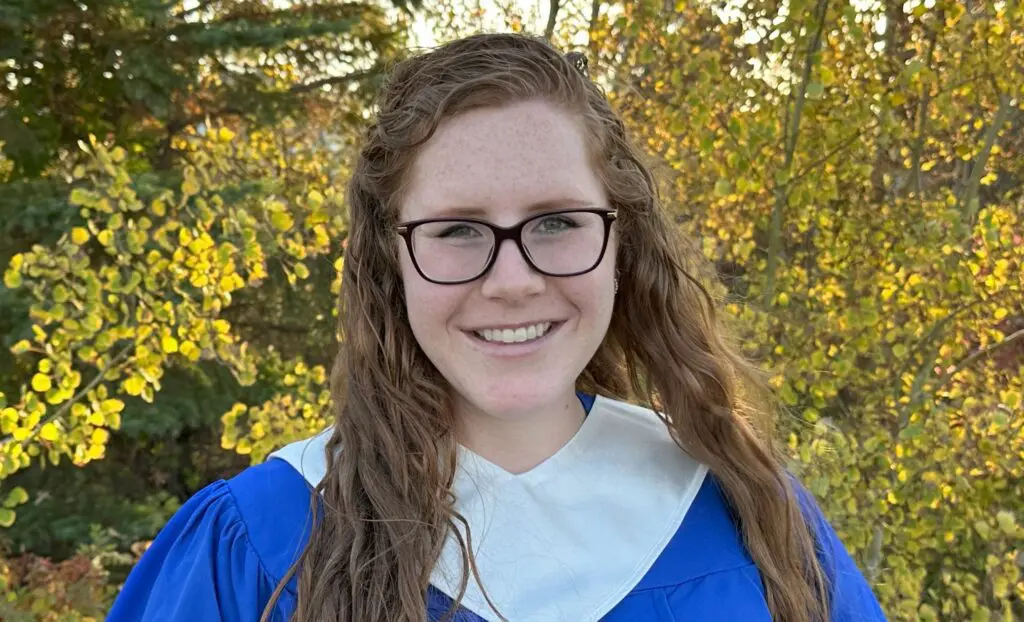

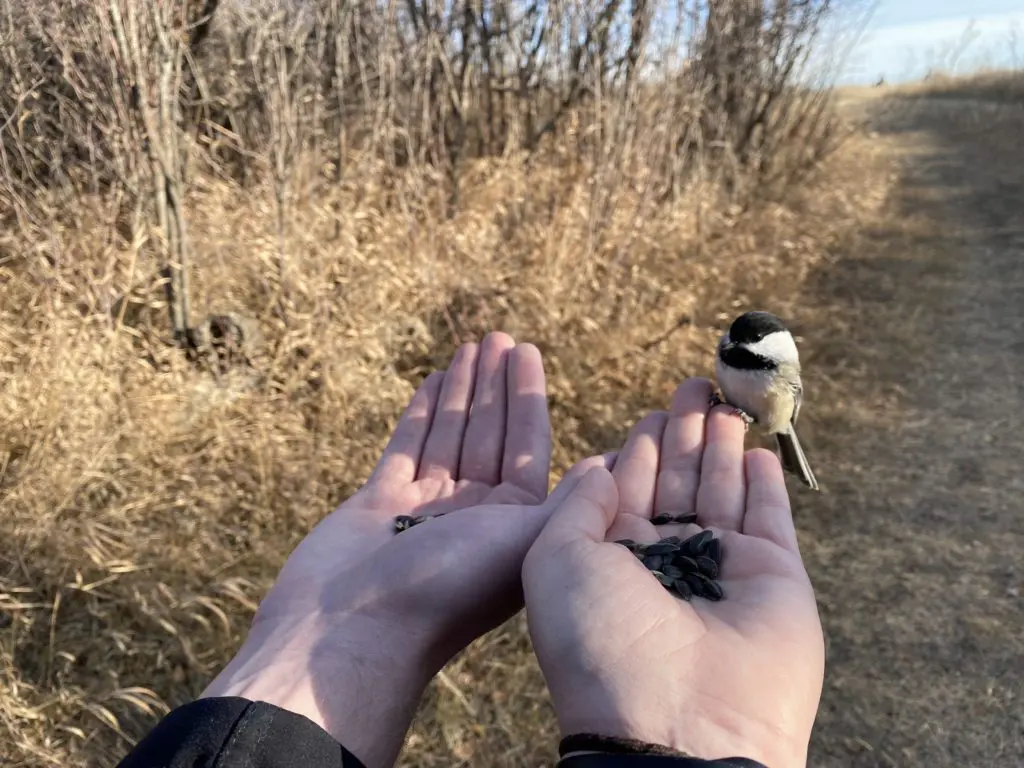
![An ECG demonstrates the extensive antero-septal-lateral myocardial infarction [heart attack] that Taryn witnessed.](https://stenbergcollege.com/wp-content/smush-webp/2022/12/ecg-1024x530.jpg.webp)
